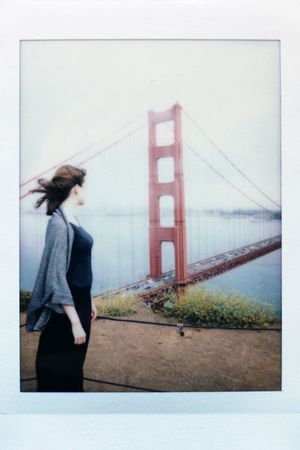User:0862093
ABOUT
Joeke van der Veen | 0862093 | Lifestyle & Design
Minor 2015 2016
PRACTICE 2014/2015
MINOR 2015/2016
xxx
Written assignment: (Re)open Design
Orientation
1. What is your craft?
Open Design.
2. What are the tools and media of your craft?
Sharing communities: Instructables, Thingiverse, Wikipedia, Lynda.
Open workstations: Fablab (examples: Stadslab Rotterdam, WAAG Amsterdam), hackerspaces, TechShops.
Open source: Ultimaker, Arduino, Processing, UP.
3. What are the borders of this practice?
Other disciplines then digital fabrication: OS car.
4. Connect to a historical discourse and give concrete examples of contemporary practitioners.
Historical discourse: copy rights, copy left, GPL by Richard Stallman, Creative Commons.
Contemporary practitioners: Eric J. Wilhelm (founder Instructables), Sam Haynor (Artist in Residence at Instructables),
Randy Sarafan (Design Studio Manager of Instructables), Studio Droog (downloadable design), David Sjunnesson (box creator)
5. Define your position of your practice in relation to newer technologies.
Involving open design into my work process, by documenting and sharing my experiments and making use of newer technologies
and open workstations and sharing communities.
'Openness is more than a commercial and cultural issue, it's a matter of survival.' - John Thackara
'A tutorial is an involved interactive design task.' - Mushon Zer-Aviv
'Finally, the ordinary person is in the unique position of being able to make almost anything, with off-the-shelf modules, parts community and shared code.' - Bre Pettis
Sources:
Fab Lab
Fab Lab Charter
Hackerspace
TechShop
Open Design Now
Instructables
OS Car
Research
Book: Re-inventing the Art School
21st century
Essay #4 The Need for Open Design
Peter Toxler
Open Design is:
- A participative method which invites users to modify a design
- A dynamic, iterative and social design process
- From a self-reflective to a collective-reflective practice
Chapter 1: Industrial Heritage
- Jamer R. Beniger: 'Control Revolution' (a development of information processing and communication technologies
for controlling the energy and flows of materials within the industry.
- Created new qualities of experiences
- Contingent possibilities as to how the conflicting demands of social, political and economic interests
engage with technology to produce a 'choice'.
